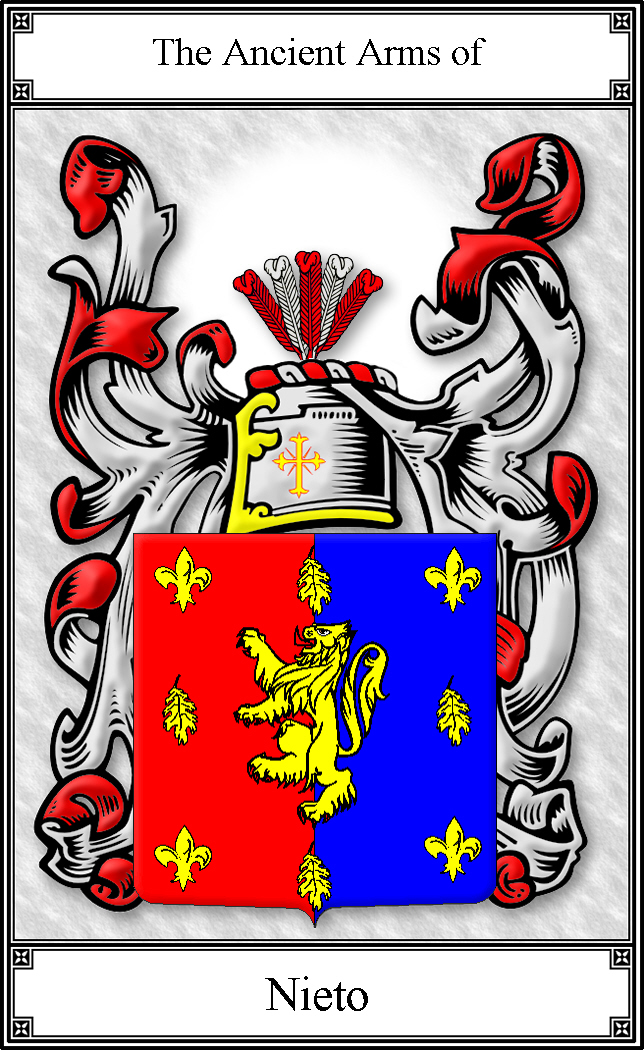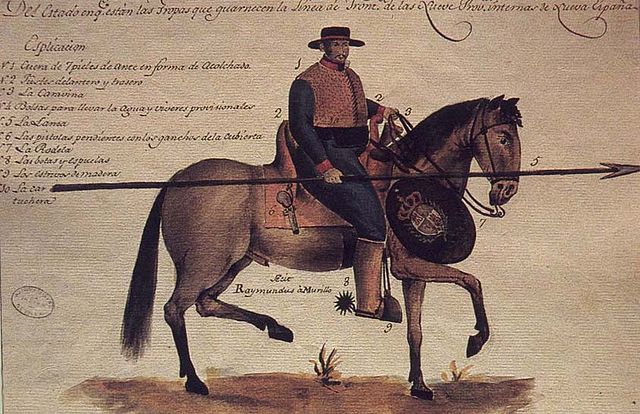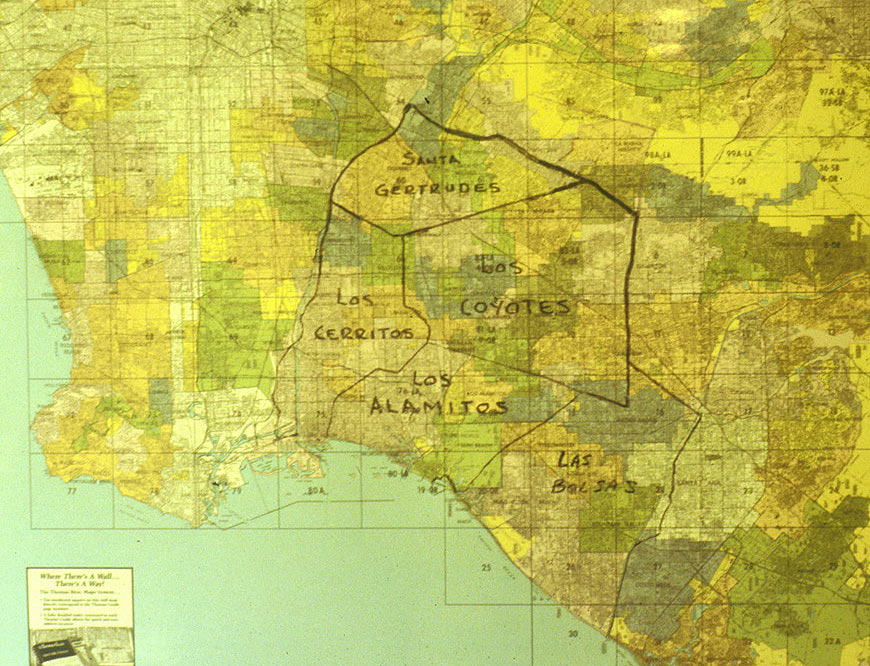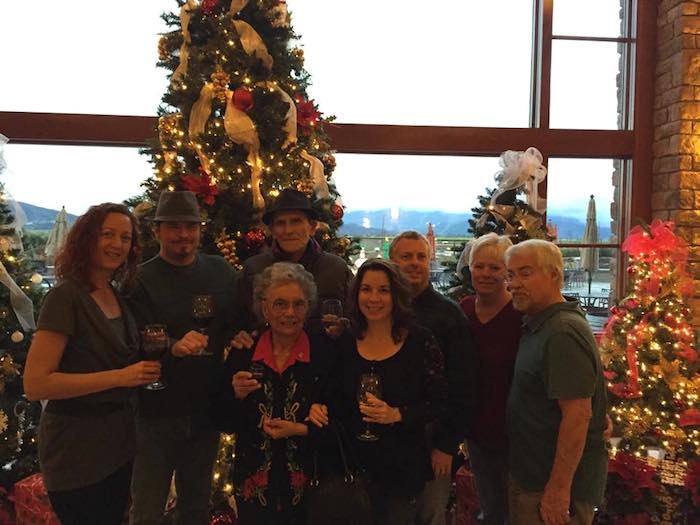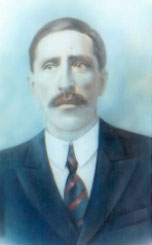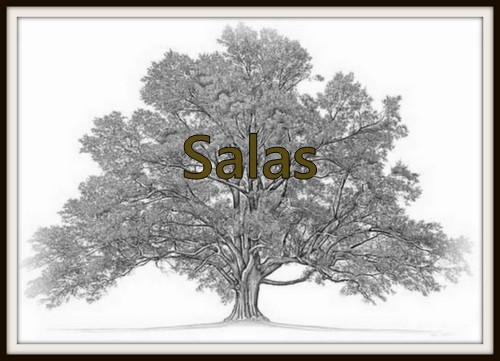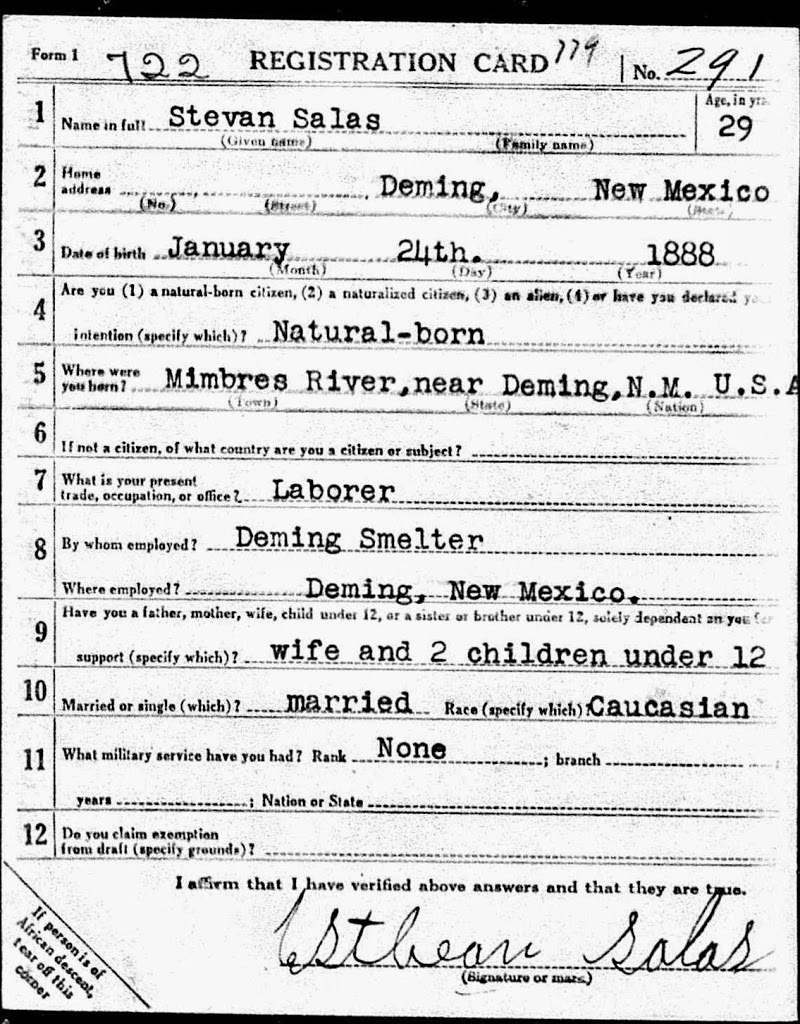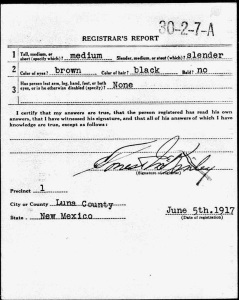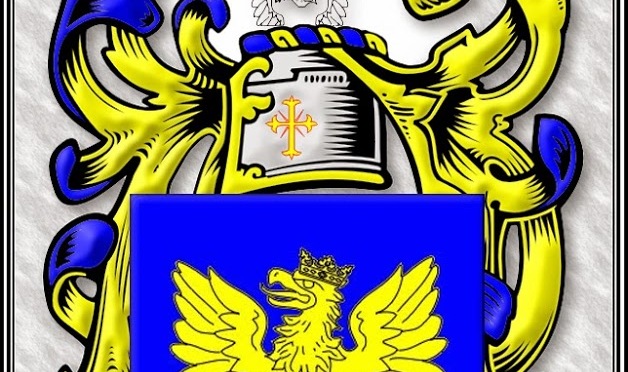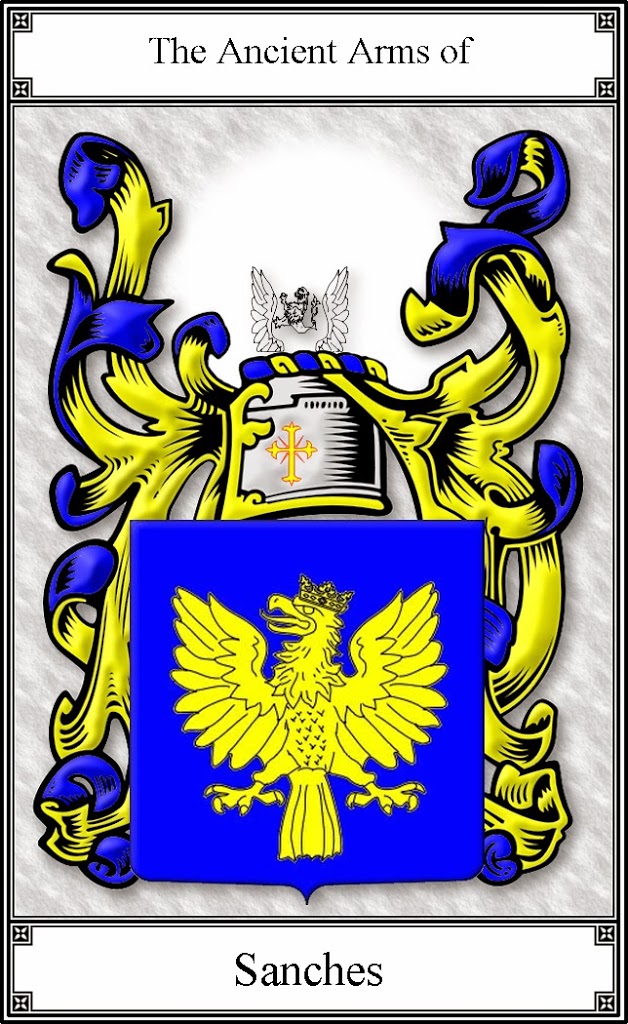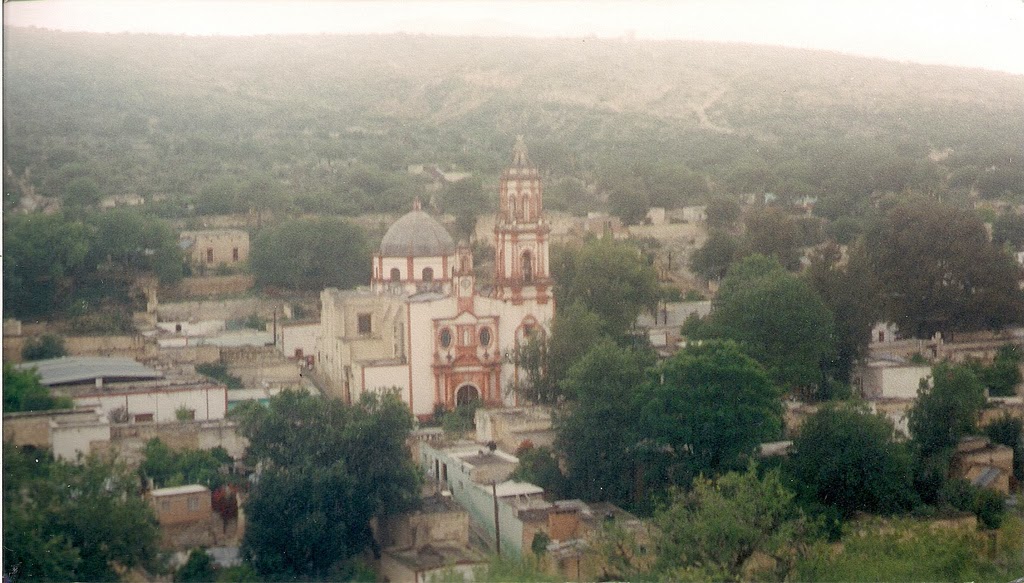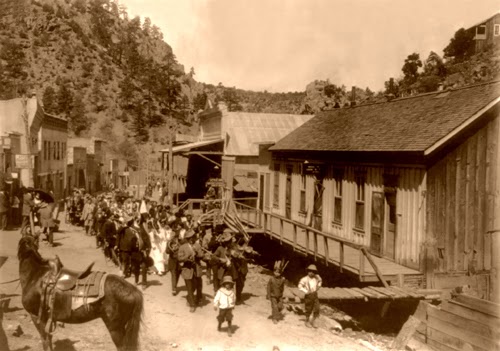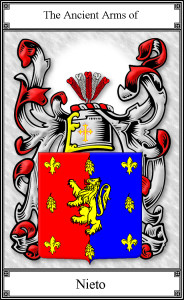 As I mentioned a couple of weeks ago, I have embarked upon the “Manuel Nieto Project” — an attempt to either prove or disprove a relational connection between my Nieto family and Spanish soldier / Alta California explorer and ranchero Don Jose Manuel (commonly referred to as Manuel) Perez-Nieto (1734-1804), because my father’s family claims we are descended from this Spanish/Mexican-era-California landed “nobility” and explorer.
As I mentioned a couple of weeks ago, I have embarked upon the “Manuel Nieto Project” — an attempt to either prove or disprove a relational connection between my Nieto family and Spanish soldier / Alta California explorer and ranchero Don Jose Manuel (commonly referred to as Manuel) Perez-Nieto (1734-1804), because my father’s family claims we are descended from this Spanish/Mexican-era-California landed “nobility” and explorer.
Starting Source
The most authoritative source readily available in print (without requiring visiting any particular archive) that chronicles the families of these early Spanish/Mexican-era settlers of California is Marie Northrop’s Spanish-Mexican Families of Early California: 1769-1850, Vol. I, published in 1976. The library at which I work owns two copies, a non-circulating one available for reading in our Special Collections, and another circulating copy that is currently lost. But, I was able to quickly obtain another copy via interlibrary loan. Northrop’s work incorporates research previously done by early California historian Thomas Workman Temple, II (manuscripts owned by the Bancroft Library at U.C. Berkeley), as well as Early California Catholic Mission primary source records.
The Los Angeles City Historical Society describes Marie Northrop as:
a longtime member of LACHS and widely respected genealogist who had specialized in tracing the lineage of early settlers of the original El Pueblo de Nuestra Senora la Reina de Los Angeles.
And the Archival Center at San Fernando Mission steers researchers towards her work:
Searchers are encouraged to check the three volumes by Marie Northrup on the sacraments performed at the California missions. She was a meticulous scholar whose books have withstood the passage of time.
Northrop provides basic biographical details about Manuel Nieto, his wife, and their children.
Don Manuel’s Birthplace
According to Northrop, Jose (she uses Josef) Manuel Perez Nieto was born in Sinaloa, Mexico about 1748. Other sources, such as the less-credible Wikipedia claim a 1734 birth. Now a sovereign Mexican state, Sinaloa was part of the Spanish-conquered Viceroyalty of New Spain when Nieto was born there. Regardless of whether he was born in 1734 or 1748, Nieto was born under Spanish rule. Mexico did not obtain its independence until 27 September 1821.
My Nieto Ancestral Homeland
My Nieto ancestors come from what is now the state of San Luis Potosi, Mexico, from the village of Temazcal (also spelled Tomascal and Temescal) and the larger municipality of Armadillo de los Infantes (“larger” being purely relative) outside the city of San Luis Potosi. The oldest Nieto ancestor I have identified is my 2nd great grandfather Rafael Nieto, who died before his wife Maria Aurelia Compean (1858-1963) and at least some of their children immigrated to the United States in the 1910s.
Doubtful Descendancy
Where my Nietos lived in San Luis Potosi is over 1,000km away from where Manuel Nieto was born. That is quite a distance apart, especially in the days when travel was done by horse or on foot. This makes it very highly unlikely that my family is descended from Don Manuel, since his marriage, young family life, and career travels with the Spanish Army did not take him or his family to Alta California via a big southeastern detour through the area of San Luis Potosi.
There is still the possibility that my Nietos are related to Don Manuel, sharing a common ancestor, even though we are not direct descendants. I don’t know where my 2nd great grandfather Rafael Nieto was born. I may discover that he was born closer to Sinaloa and made the 1,000+ kilometer migration to San Luis Potosi (SLP). Or that his parents or grandparents did. This is doubtful though, since I find the Armadillo de los Infantes area of SLP so heavily filled with other Nietos going back at least to the late 1700s.
However, direct descendancy may still be a far off chance. We could be directly descended through one of the collateral families into which Don Manuel’s children married.
My best hunch at this very early stage of research is that if we are indeed related, it is through a common ancestor much further back. Possibly from earlier in the Spanish conquest and colonization of Mexico, or all the way back to old world Spain.
Still, any and all discoveries will be a grand adventure!
